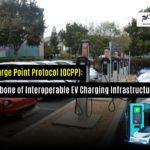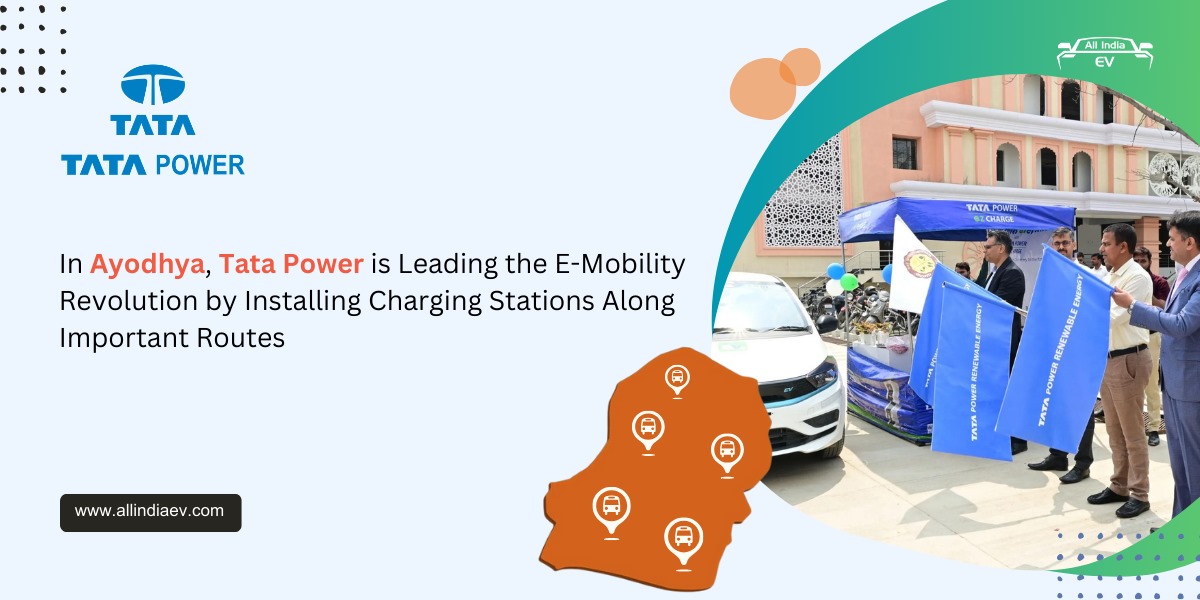
Introduction to Electric Vehicle Architecture: A Deep Dive into System Design
What is Electric Vehicle architecture?
Electric Vehicle (EV) architecture refers to the design and layout of the various components and subsystems that make up an electric vehicle. The architecture of an EV is a complex system design that includes various components such as the electric motor, battery, power electronics, charging system, thermal management system, and auxiliary systems.

Electric vehicles (EVs) are seen as a promising solution for reducing greenhouse gas emissions and mitigating climate change. Unlike conventional vehicles that use internal combustion engines (ICEs) and fossil fuels, EVs use electric motors and batteries to propel themselves. EVs offer several advantages over ICE vehicles, such as higher efficiency, lower maintenance costs, and zero tailpipe emissions. However, EVs also pose new challenges for system design, as they require different components and architectures than ICE vehicles.
Components of EV Architecture
Electric Motor: The electric motor is the primary source of propulsion in an EV. It converts electrical energy from the battery into mechanical energy to drive the wheels.
Battery: The battery is the energy storage system in an EV. It stores electrical energy that is used to power the electric motor.
Power Electronics: Power electronics are used to control the flow of electrical energy between the battery and the electric motor. They include components such as inverters, converters, and controllers.
Charging System: The charging system is used to recharge the battery of an EV. It includes components such as charging ports, charging cables and charging stations.
Thermal Management System: The thermal management system is used to regulate the temperature of the battery and other components in the EV. It includes components such as cooling fans, radiators, and heat exchangers.
Auxiliary Systems: Auxiliary systems include components such as lighting, climate control, and entertainment systems.
Types of EV Architecture
The EV architecture is the way the components are arranged and connected in the vehicle. The EV architecture affects the performance, cost, weight, and complexity of the EV. There are different types of EV architectures:
Battery Electric Vehicle (BEV): A BEV is an EV that runs solely on electrical power from a battery. It does not have an internal combustion engine (ICE) and therefore produces zero emissions.
Hybrid Electric Vehicle (HEV): An HEV is an EV that combines an electric motor with an ICE. It uses both electrical power from a battery and gasoline or diesel fuel to power the vehicle.
Plug-in Hybrid Electric Vehicle (PHEV): A PHEV is an HEV that can be charged from an external power source. It has a larger battery than an HEV and can run on electrical power alone for a limited distance.
Design and optimization of the EV architecture
The design and optimization of the EV architecture is a complex and multidisciplinary problem that involves trade-offs between various objectives and constraints.
Generative Engineering: Generative engineering is a technique that uses algorithms to explore the design space and discover optimal designs. It involves capturing the requirements and constraints of a specific problem or system and inputting these parameters into the generative engineering framework. Engineers can then create a design space that can be systematically explored to find the best design. Generative engineering can be used to optimize various aspects of EV architecture, such as cooling system design.
Modeling and Simulation: Modeling and simulation are used to evaluate the performance of different EV architectures and subsystems. Various software tools, such as GT-SUITE and MapleSim, are used to model and simulate different EV architectures and powertrains. These tools can be used to compare fuel economies and find optimized control strategies.
Comprehensive E-Mobility Ecosystem: A comprehensive e-mobility ecosystem is a model-based framework that manages complexity and interoperability in EV architecture. It includes all relevant domains along the e-mobility process chain, such as electric vehicles, smart charging stations, and information systems. This approach can be used to optimize the entire e-mobility ecosystem and ensure interoperability between different components and subsystems.
Adaptability: Adaptability is a key feature of EV architecture that allows it to accommodate a variety of upper-body structure designs. For example, the REE Automotive P7 architecture is designed to be adaptable to a variety of body configurations. This approach allows for flexibility in design and can help reduce costs and improve efficiency.
In conclusion, designing and optimizing EV architecture is a complex process that involves various techniques and approaches.
Generative engineering, modeling and simulation, comprehensive e-mobility ecosystems, and adaptability are some of the key techniques used for designing and optimizing EV architecture. These techniques can help improve the performance, efficiency, and interoperability of EV architecture and subsystems.
Papers you should follow to learn more about EV architecture
A comprehensive review on hybrid electric vehicles
Engineer’s guide to the DC power train architecture of an electric vehicle




